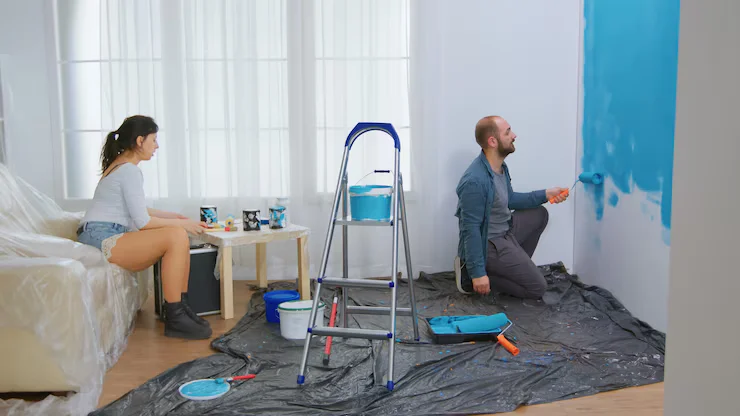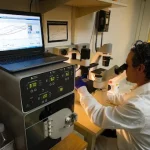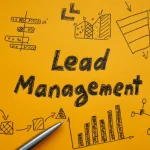With climate change, we have started to see a dramatic increase in extreme weather events happening in communities across the country. Once in a hundred year, or even once in five hundred year floods, now seem to occur with alarming regularity. Rivers and steams that have a history of flooding are now overflowing and reaching peak levels ever more often, endangering property. Areas that have never faced floods may even be vulnerable now, as we see times when a month’s worth of rain comes pouring down in a single day.
In addition to the property damage caused by flooding, the resultant flood waters and moisture within the home can cause very serious risks to a homeowner’s health. The standing water and water damage can lead to the proliferation of mold inside the home. Mold and mold spores can trigger irritation to your skin, eyes, and nose, and asthma attacks. Severe instances of mold can lead to long-term health issues and dangerous illnesses. If your home has been flooded or has excessive moisture, you’ll want to call a trusted NJ mold remediation company so they can address the damage and restore your home to a healthy and habitable state.
Presence of Mold and Moisture After a Flood
When a home has been flooded, mold can begin to multiply in the wet environment within twenty-four hours. It grows quickly, producing harmful mycotoxins and spores. Spores can trigger allergic reactions, and are known to stay dormant for years waiting for future moist conditions to arise.
Indoor mold growth can create several different forms of mycotoxins that can lead to symptoms including respiratory inflammation and allergies. Some specific forms of mycotoxins can actually be lethal if ingested by animals or humans. To grow, mold needs moisture, oxygen and a food source that is cellulose-based. A mold remediation service can help you minimize or eliminate those conditions and sources, and control the growth and spread of mold in your home.
Expand your knowledge with this handpicked companion read.
Steps for Post-Flood Mold Cleanup
If you have a flooded home, or mold is present in your dwelling, you will have to be sure to take appropriate precautions. It’s important to isolate the area where the cleanup is to occur, and those entering that zone should wear Personal Protective Equipment. Breathing mold spores can be harmful, so an N95 respirator is recommended.
You will also want to prevent mold from contacting your skin. Use gloves, and if touching mold change your gloves regularly; be careful not to transfer any mold from the glove to your skin.
Additional Tips for Mold Cleanup
When cleaning up from flooding or mold, it’s important to make sure you don’t disturb mold spores. If they get into the air, they will be harmful to those present in the dwelling. If your heating or air conditioning system might have been contaminated, do not use it.
Any materials removed during cleanup should be carefully removed, bagged and then sealed before disposal. You may have to remove furniture, carpeting, and drywall that has been contaminated.
To explore all our latest posts in one place, be sure to visit the 2A Magazine.







